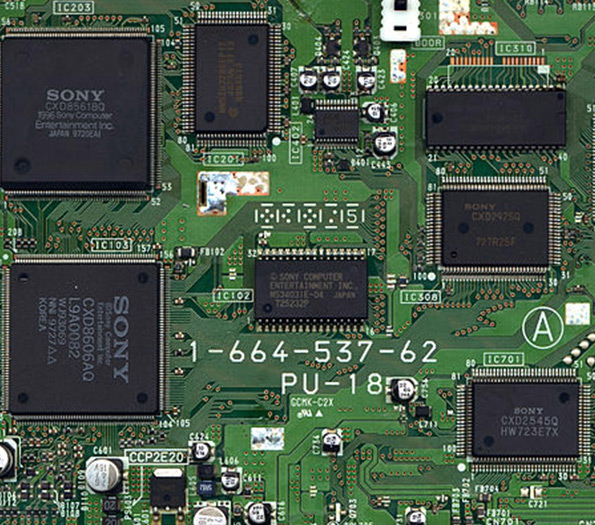

Understanding Beveled Low-E Glass A Modern Architectural Marvel
In the ever-evolving landscape of architecture and design, glass has become a pivotal material, not only for its aesthetic appeal but also for its functional properties. Among the various types of glass available today, beveled low-E glass stands out as a remarkable innovation, marrying beauty with energy efficiency. This article aims to explore the significance, characteristics, and advantages of beveled low-E glass, shedding light on why it has become a preferred choice in contemporary construction.
What is Beveled Low-E Glass?
Beveled low-E glass is a specially treated glass that features a beveled edge—a design that enhances its aesthetic appeal—and a low-emissivity (low-E) coating that improves energy efficiency. The low-E coating is a microscopically thin layer of metal or metallic oxide that is applied to the glass surface. This coating is engineered to minimize the amount of infrared and ultraviolet light that can pass through the glass without compromising visible light transmission. The result is a product that not only looks elegant but also plays a critical role in thermal insulation.
The Benefits of Beveled Low-E Glass
1. Energy Efficiency One of the primary advantages of low-E glass is its ability to reduce energy consumption. By reflecting heat back into the building during winter and keeping it out during summer, it minimizes the load on heating and cooling systems. This feature is particularly beneficial in regions with extreme seasonal temperature variations.
2. UV Protection The low-E coating also blocks up to 99% of harmful ultraviolet rays. This property helps to protect interiors from fading and deterioration caused by sun exposure, thus prolonging the life of furniture, artwork, and flooring.
3. Aesthetic Appeal The beveled edges of this glass add an elegant touch to windows, skylights, and doors. The unique design enhances the visual attractiveness of any architectural project, making it a favorite among architects and designers who prioritize both form and function.
4. Improved Comfort With better insulation, spaces designed with beveled low-E glass provide enhanced comfort for occupants. By maintaining a more consistent indoor temperature and reducing drafts, it creates a more pleasant living or working environment.

5. Noise Reduction Beveled low-E glass can also offer improved sound insulation compared to standard glass. This trait is particularly advantageous in urban settings where noise pollution is a common concern.
Applications in Architecture
The versatility of beveled low-E glass makes it suitable for various applications in both residential and commercial buildings. It is commonly used in
- Windows Large window installations benefit from beveled low-E glass, allowing natural light to flood into interior spaces while maintaining energy efficiency.
- Curtain Walls In commercial buildings, beveled low-E glass is often used in curtain wall systems, creating sleek and modern exteriors while optimizing thermal performance.
- Skylights and Glass Roofs Architects employ this glass in skylights to harness daylight, enhancing the ambiance of a space while controlling heat gain.
- Doors and Railings The addition of beveled low-E glass in doors and railings not only improves aesthetics but also complements energy-saving goals.
Conclusion
Beveled low-E glass represents a significant advancement in the field of architectural materials. Its unique combination of energy efficiency, aesthetic appeal, and protection against environmental elements positions it as an ideal choice for modern designs. As sustainability becomes increasingly crucial in the construction industry, the use of such innovative materials is likely to rise. Designers and architects who embrace beveled low-E glass are not only contributing to eco-friendly building practices, but they are also crafting visually stunning spaces that stand the test of time. In an era where style and sustainability must coexist, beveled low-E glass is a testament to the possibilities of modern architecture.